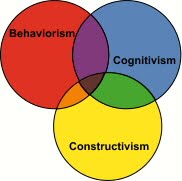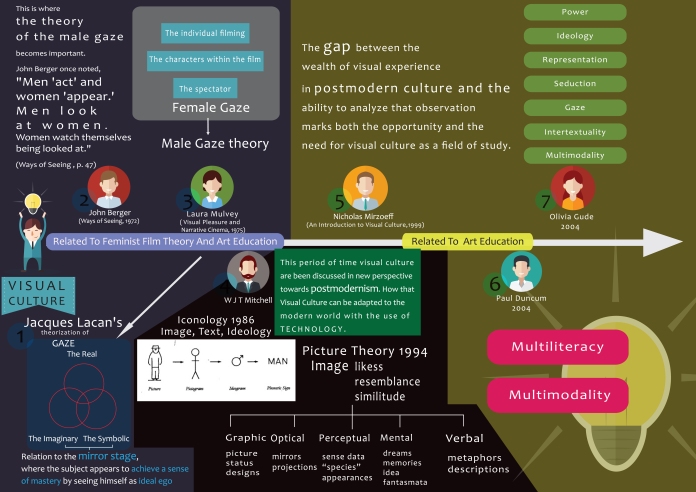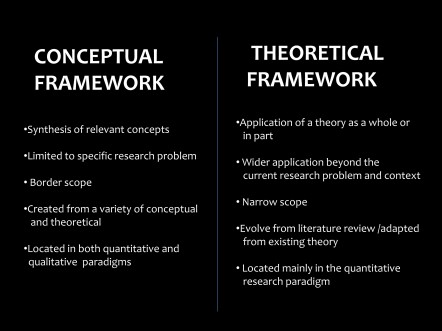Learning Theories
Learning theories are a way or principle how individual to recall, retain and understand the knowledge that they learn. The principle is important as a guideline in order to teach our student. As an educator, it’s important to identify what approach that can be used to promote the learning process.
Three learning theories:
- Behaviorism
- Cognitive
- Constructivism

Behaviorism
Behaviorism explains the behalf of someone to another person. In education, the way educator teaches will respond or react by the learner. Therefore at school teacher the real model to the learner because they responding to environmental stimuli.
Philosophy of Behaviorism
Based on the work of Ivan Pavlov, it demonstrated that behaviors is influenced by environment and could be learned through conditioning and reinforcement. Change in behavior demonstrates some learning. For example, when teacher create an environment and stimuli (such as lectures and presentations) that produce desired behavior, learning thought to happen as a response to that stimuli.
The Character:
- Give punishment ( for late, skipping class etc)
- Reward (say “well done!”)
- Say the positive thing and doing it
- Be a good example
Behaviorism in philosophy:
Leading developers of behaviorism (in roughly chronological order):
- Ivan Pavlov
- Edward Thorndike
- John B.Watson
- Edward C.Tolman
- Clark L.Hull
Behaviorism Model:
- ADDIE Model
- Gagne’s 9 Events of Instruction
Cognitivism
Cognitivism is the way their process the information and gives feedback to the thing that they learn. Information is processed through the sensory registers and goes into the short-term and then long-term memory.
Philosophy of Cognitivism
This will focus on metal process, not verbal process behavior.The learner will absorb environmental situation before decided to do something.
The Character:
- Problem solving
- Group discussion
- Brainstorming
- Exploring activities
Cognitivism Model:
Cognitivism Theorist:
- Marriner David Merill
- Charles Reigeluth
- Robert Mills Gagné
- Jerome Bruner
- Roger Schank
Constructivism
Constructivism as a paradigm or worldview posits that learning is an active, constructive process. The learner is an information constructor. People actively construct or create their own subjective representations of objective reality. How the learner, learn do project to solve their problem with a design a robot or simple tools.
Philosophy of Constructivism
Piaget’s theory of constructivist learning has had a wide-ranging impact on learning theories and teaching methods in education and is an underlying theme of many education reform movements.Research support for constructivist teaching techniques has been mixed, with some research supporting these techniques and other research contradicting those results.
The Character:
- Brainstorming
- Exploring activities
- Case studies
- Discover Learning
- Stimulation
Constructivism Model:
- ADDIE Model
- Dick and Carey
Constructivism Theorist:
- Vygotsky
- Jean Piaget
- John Dewey
- Jerome Bruner
Reference
Constructivism
Constructivist Theory: Jerome Bruner
Learning Theories
Behaviorism
Behaviorism Theory
Related Theories of Learning
Behaviorist Learning Theory
Behaviorist Approach
The Learning Theories
Behaviorism, Cognitivism, and Constructivism
 1. Jacques Lacan’s
1. Jacques Lacan’s What are the different with Conceptual Framework and Theoretical Framework?
What are the different with Conceptual Framework and Theoretical Framework?